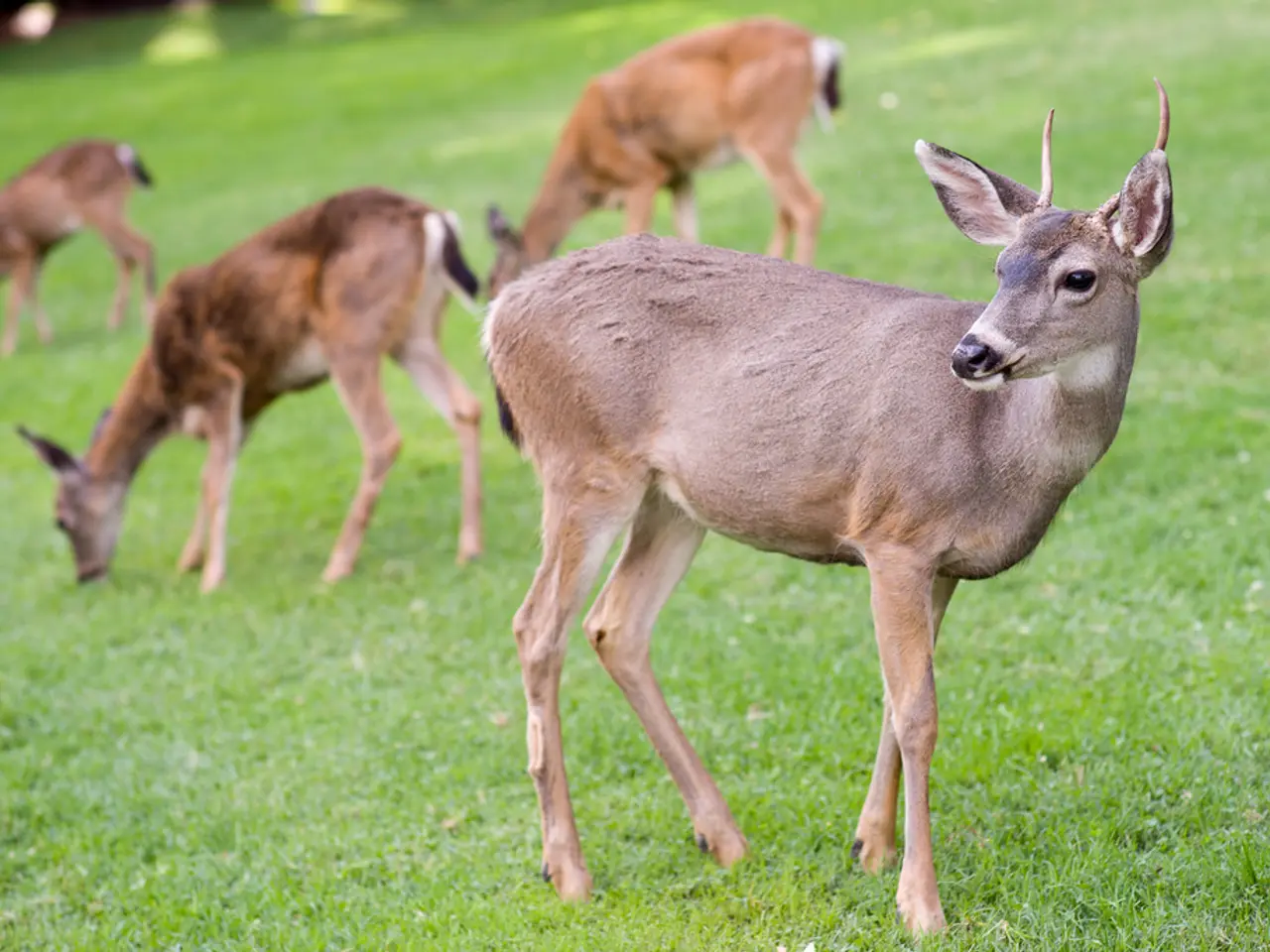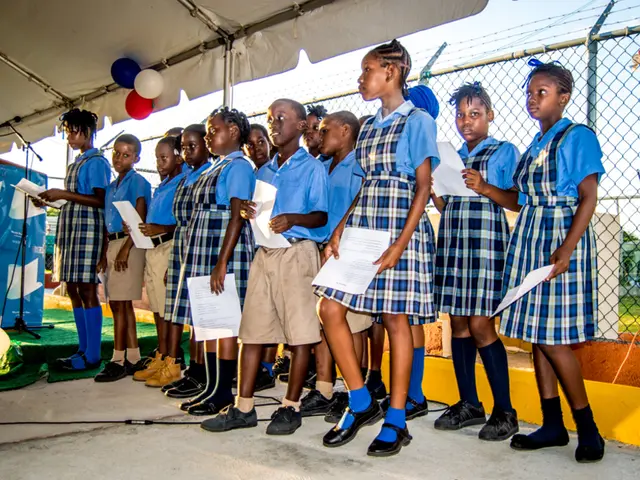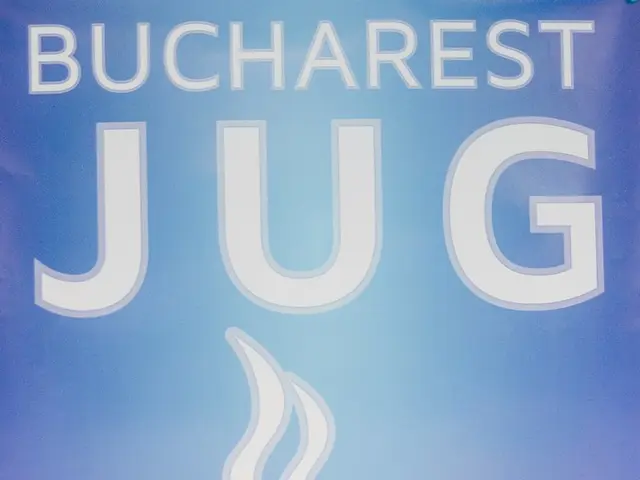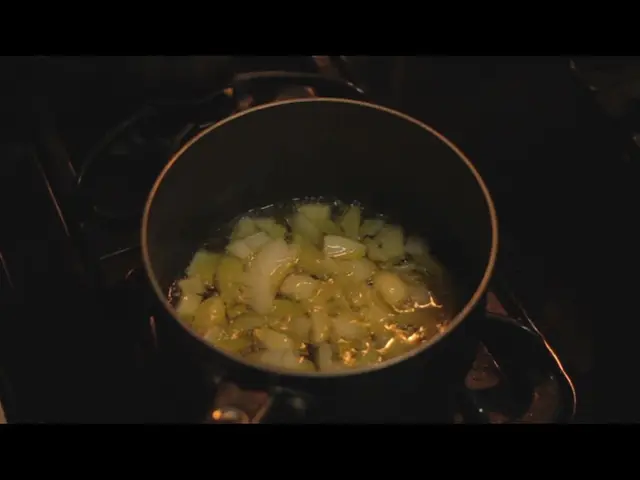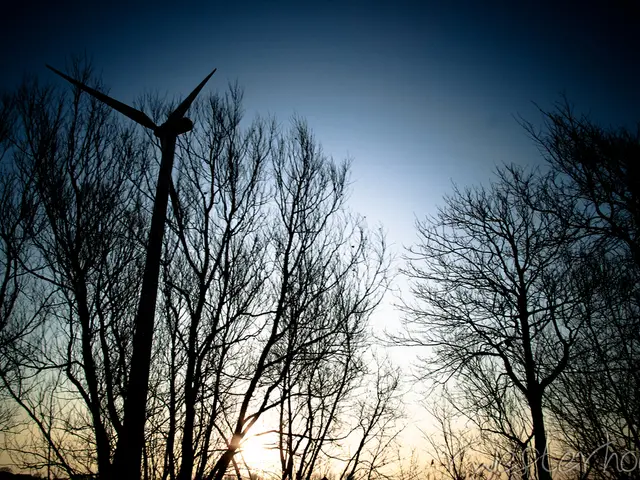Deer-Vehicle Collisions Spike in Nebraska This Fall: Stay Alert at Dawn and Dusk
Deer-vehicle collisions are a growing concern in Nebraska, especially during fall. Harvested crops push deer towards roads, increasing the risk of accidents. Drivers must stay alert, particularly during dawn and dusk, when deer are most active.
Deer are drawn to roadsides by crops left after harvesting. This increases the likelihood of collisions, with many hotspots marked by 'deer crossing' signs. Drivers should exercise caution near shelterbelts, woodlots, rivers, or creeks, where deer often seek refuge.
Deer are most active between dusk and dawn, with peak activity around these times. Male deer, or bucks, are particularly bold during the breeding season, searching for does. They may suddenly appear on the road, so drivers should anticipate their presence and be prepared to stop suddenly. Avoid braking sharply or swerving, as this could cause a loss of control. If you spot a deer, honk your horn to scare away others that might be nearby.
In case of a collision, contact the Nebraska Game and Parks Commission within 24 hours. They will provide a salvage tag within 48 hours, allowing you to retrieve the deer if necessary. Wearing a seat belt is also crucial in case of an accident.
Deer-vehicle collisions are a significant risk in Nebraska during fall. Drivers must stay vigilant, especially during dawn and dusk, and follow safety guidelines to prevent accidents. If a collision occurs, promptly notify the Game and Parks Commission.
Read also:
- U.S. CBP's Operation Plaza Spike Boosts Fentanyl Seizures Along Arizona-Mexico Border
- Tesla's EV Market Share Plummets in Europe, US Competition Intensifies
- Catastrophe at a U.S. Steel facility in Pennsylvania results in the loss of two lives. crucial details unveiled
- Auto Industry Updates: Geotab, C2A, Deloitte, NOVOSENSE, Soracom, and Panasonic in Focus
